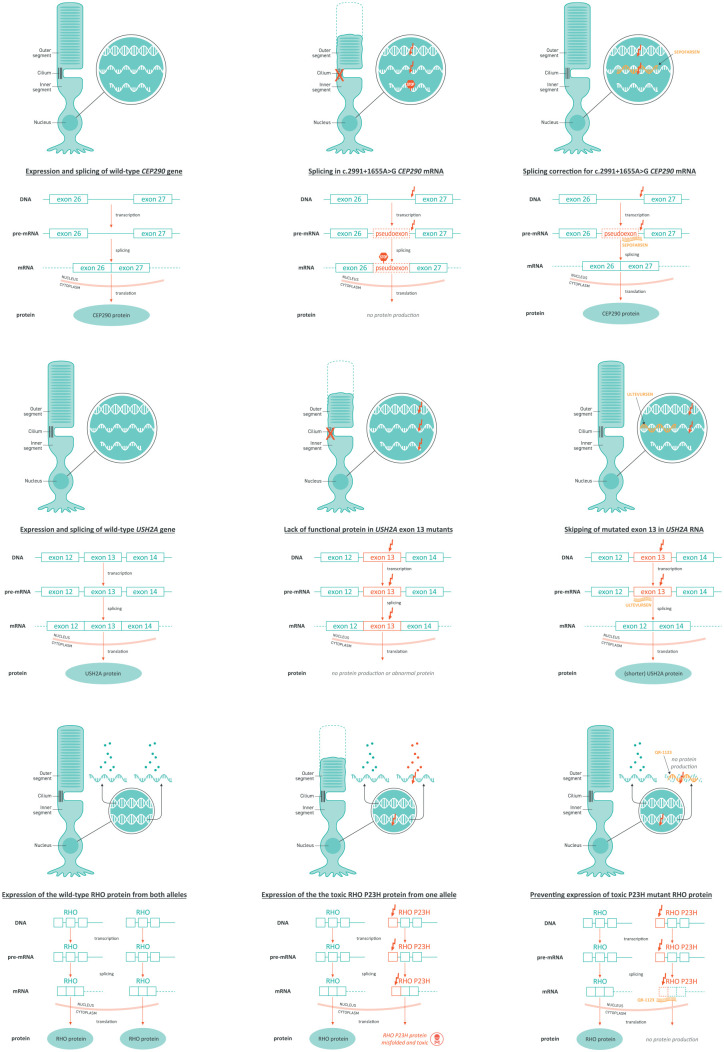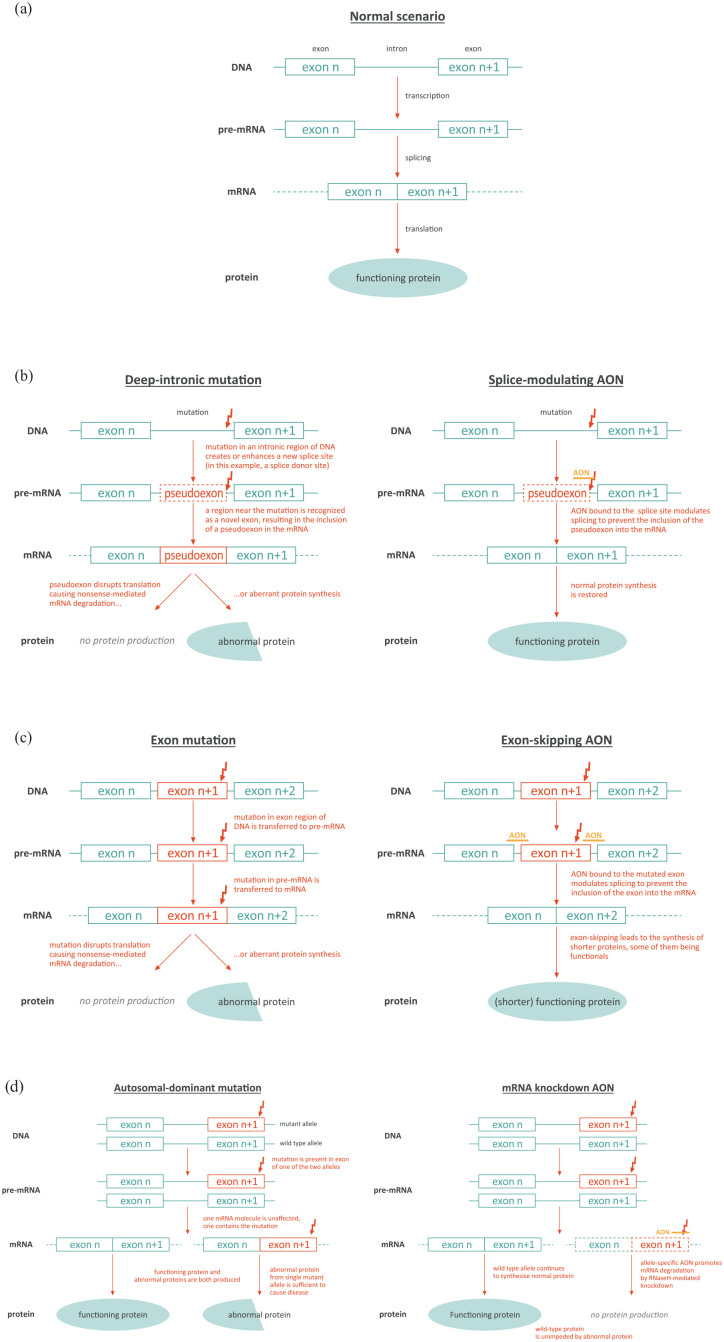RNA-based therapies in inherited retinal diseases.
IF 2.3
Q2 OPHTHALMOLOGY
Therapeutic Advances in Ophthalmology
Pub Date : 2022-11-04
eCollection Date: 2022-01-01
DOI:10.1177/25158414221134602
引用次数: 5
Abstract
Inherited retinal diseases (IRDs) are a genetically and phenotypically heterogeneous group of genetic eye disorders. There are more than 300 disease entities, and together this group of disorders affects millions of people globally and is a frequent cause of blindness or low-vision certification. However, each type is rare or ultra-rare. Characteristically, the impaired vision in IRDs is due to retinal photoreceptor dysfunction and loss resulting from mutation in a gene that codes for a retinal protein. Historically, IRDs have been considered incurable and individuals living with these blinding conditions could be offered only supportive care. However, the treatment landscape for IRDs is beginning to evolve. Progress is being made, driven by improvements in understanding of genotype–phenotype relationships, through advances in molecular genetic testing and retinal imaging. Alongside this expanding knowledge of IRDs, the current era of precision medicine is fueling a growth in targeted therapies. This has resulted in the first treatment for an IRD being approved. Several other therapies are currently in development in the IRD space, including RNA-based therapies, gene-based therapies (such as augmentation therapy and gene editing), cell therapy, visual prosthetics, and optogenetics. RNA-based therapies are a novel approach within precision medicine that have demonstrated success, particularly in rare diseases. Three antisense oligonucleotides (AONs) are currently in development for the treatment of specific IRD subtypes. These RNA-based therapies bring several key advantages in the setting of IRDs, and the potential to bring meaningful vision benefit to individuals living with inherited blinding disorders. This review will examine the increasing breadth and relevance of RNA-based therapies in clinical medicine, explore the key features that make AONs suitable for treating genetic eye diseases, and provide an overview of the three-leading investigational AONs in clinical trials.



遗传性视网膜疾病的rna治疗。
遗传性视网膜疾病(IRDs)是一种遗传和表型异质性的遗传性眼病。有300多种疾病实体,这组疾病加起来影响全球数百万人,是导致失明或低视力的常见原因。然而,每种类型都是稀有或超稀有的。典型地,ird的视力受损是由于编码视网膜蛋白的基因突变导致的视网膜感光器功能障碍和丧失。从历史上看,IRDs被认为是无法治愈的,患有这些致盲疾病的个人只能得到支持性治疗。然而,候选者的治疗前景正在开始发生变化。由于分子基因检测和视网膜成像技术的进步,对基因型-表现型关系的理解得到了改善,因此正在取得进展。随着ird知识的不断扩大,当前的精准医疗时代正在推动靶向治疗的增长。这导致了首个治疗IRD的方法获得批准。IRD领域目前正在开发其他几种疗法,包括基于rna的疗法、基于基因的疗法(如增强疗法和基因编辑)、细胞疗法、视觉假肢和光遗传学。基于rna的治疗方法是精准医学中的一种新方法,已经证明是成功的,特别是在罕见疾病中。目前正在开发三种反义寡核苷酸(aon)用于治疗特定的IRD亚型。这些基于rna的疗法在ird的设置中具有几个关键优势,并且有可能为患有遗传性致盲疾病的个体带来有意义的视力益处。本文将探讨基于rna的治疗方法在临床医学中日益增长的广度和相关性,探讨使AONs适合治疗遗传性眼病的关键特征,并概述临床试验中三个领先的研究性AONs。
本文章由计算机程序翻译,如有差异,请以英文原文为准。
求助全文
约1分钟内获得全文
求助全文
来源期刊

Therapeutic Advances in Ophthalmology
OPHTHALMOLOGY-
CiteScore
4.50
自引率
0.00%
发文量
44
审稿时长
12 weeks
 求助内容:
求助内容: 应助结果提醒方式:
应助结果提醒方式:


